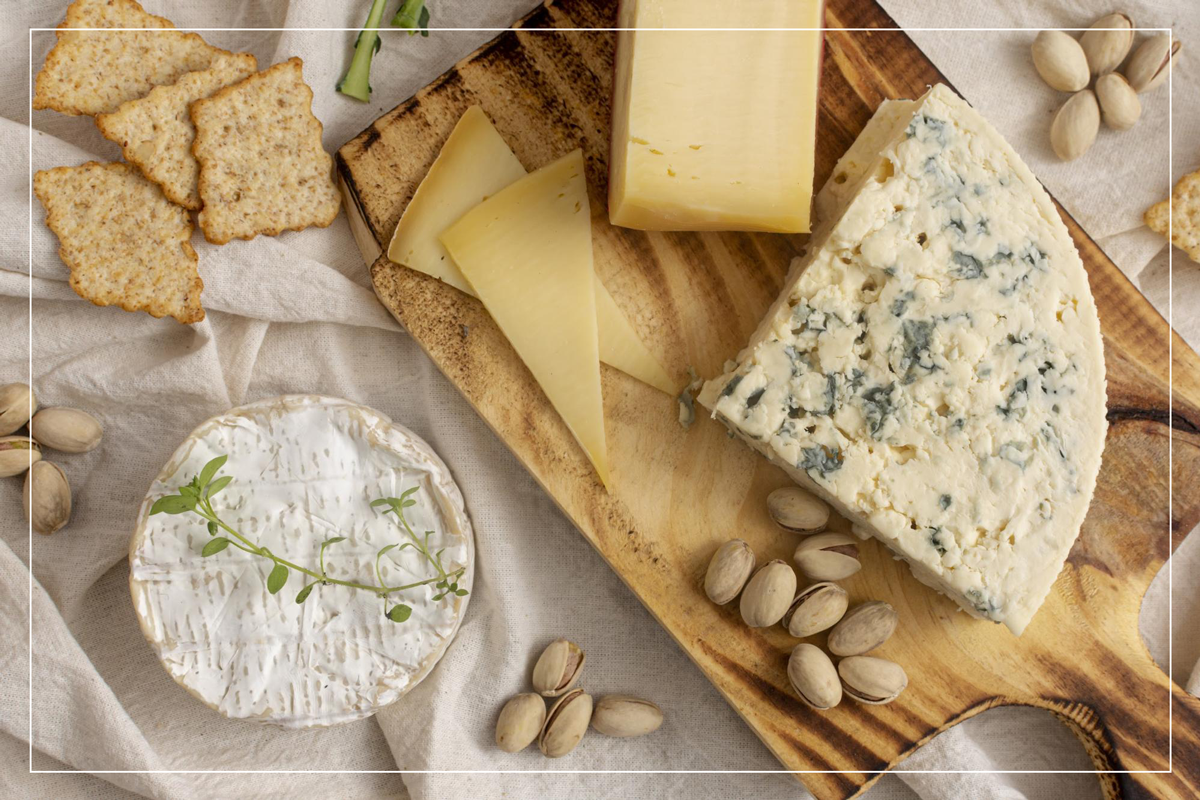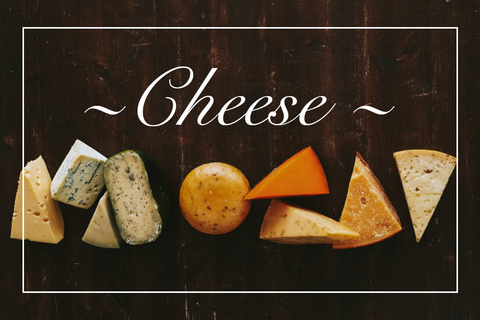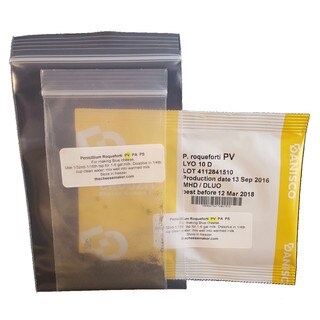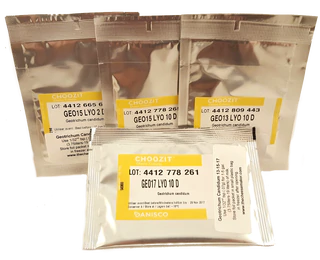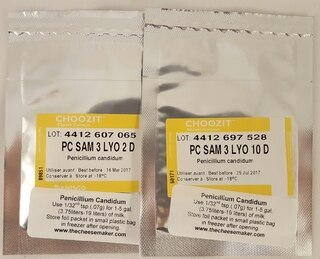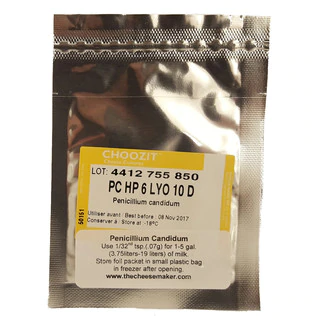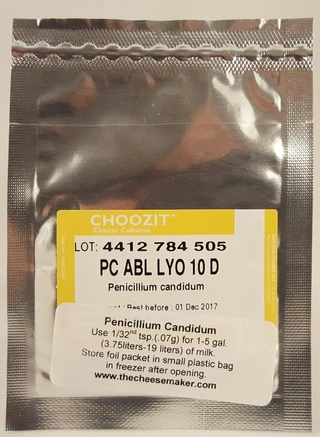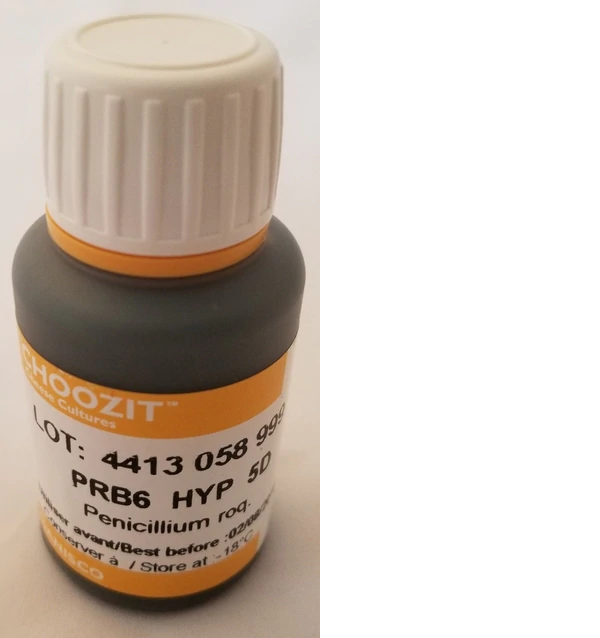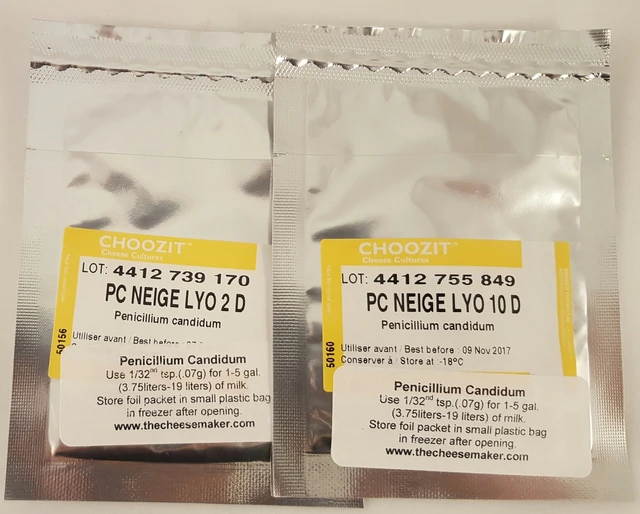Cheese Mold Comparison
5th Oct 2020
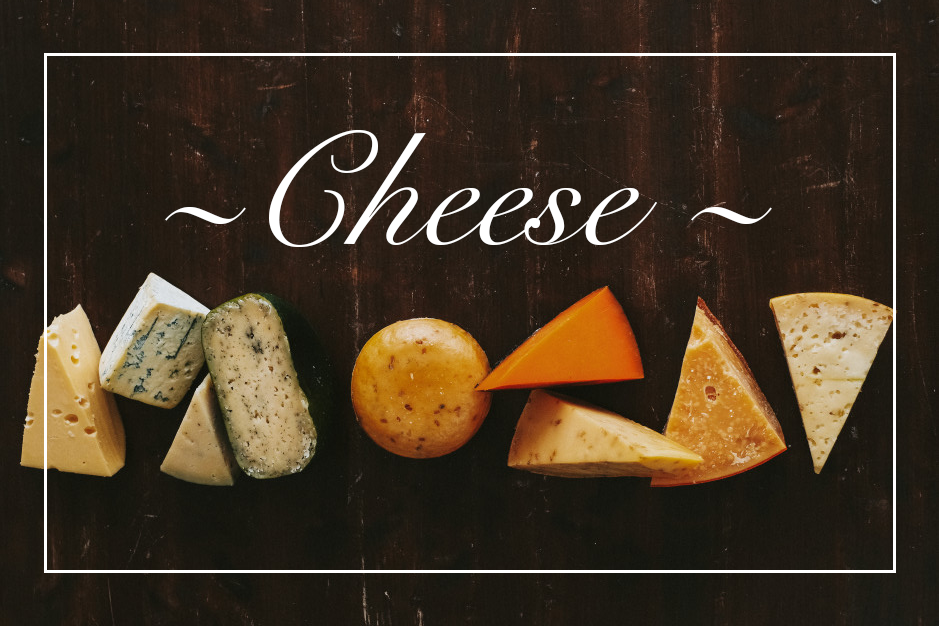
The art of cheesemaking has many elements and making a cheese mold is one of the most important parts. Understanding what cheese mold is, how it works, and how to choose the appropriate mold can help make cheese making be very enjoyable.
What is cheese mold?
There are two different types of mold: natural versus spoiled. The spoiled kind is the one you’re probably already familiar with that grows on the surface of foods and that usually appears as a fuzzy green, black, blue, white, or grey color. This typically suggests spoilage because it not only changes the appearance of the food but also its smell and gives off a sour or “odor”.
By contrast, the natural or healthy kind of mold is the one that is required to make particular kinds of cheeses during their production process. According to Healthline, cheese mold is a fungus that grows on cheeses either intentionally or unintentionally. Mold is used as an additive to some cheeses to produce certain effects. The white mold on brie and camembert serves as a rind to protect and mellow the cheese. Some of the most common mold types include: Penicillium (P.) roqueforti, P. glaucum, and P. candidum. Cheese is unique in its makeup in that it requires certain types of mold to produce certain cheeses. The differences in cheeses’ appearance, taste, and texture depend on the type of milk, bacteria present, length of aging, and processing methods.
What cheese molds do we offer?
Mold is an essential component of cheese making, and you can find all of the mold you need at The CheeseMaker. As experts in cheesemaking, we provide all of the cheese making supplies you may need in order to make cheese at home. When you need cheese making supplies, let us help you select the right ingredients and molds for your cheese.
Penicillium Roqueforti
Used as a fungal starter culture for the production of blue-veined cheeses with both lipolytic and proteolytic enzymes that are produced by the fungus involved in flavor production and cheese ripening.1 The five different strains available provide different textures and flavors when making your own blue cheese. Vegans: Choose the PRB6 strain.
Geotrichum Candidum
Used as a culture for cheesemaking and in some traditional fermented milks. The development of this cheese mold is typical for many mold-ripened, smear-ripened, and acid-coagulated cheeses. 2 This mold is also used in soft cheeses such as brie and camembert to add a creamy texture and white color to the rind during the ripening process.
Penicillium Candidum Neige
This particular cheese mold is used to produce the white mold around bloomy-rind cheeses, aiding in the ripening process and adding a variety of subtle flavors. Neige is a strain that provides rapid growth and curd breakdown, while also supporting a slow maturation time. 3 When you’re ready to experiment with Camembert or Brie, this is a must-have on your shopping list!
Penicillium Candidum HP 6
This strain of the same cheese mold is traditional, featuring bright white appearance, moderately rapid growth, and medium-low thickness. It is ideal for mixed-mold cheeses. This strain is completely dairy free, perfect for making Vegan Camembert and Brie. 4
Penicillium Candidum ABL
A classic white mold powder used to ripen and flavor cheese. This mold powder provides low proteolytic activity, moderate lipolytic (aroma), low surface density and height and is used to achieve a moderate-slow ripening time. 5 ABL is a traditional strain of penicillium candidum. This is perfect for thin rinds in Brie and Camemberts. This can be used on its own or combined with other Penicillium Candidum strains.
Penicillium Candidum Sam 3 2-10 Size
Another strain of the white mold that’s essential to a variety of French cheeses like goat cheese, Brie, Camembert and many more! We have this type of mold available in 2- or 10-dose packets depending on your needs. The 2-dose packet yields 100g of cheese versus the 10-dose packet yields 300g of Baby Brie and Camembert cheeses.
Penicillium Roqueforti PBR6 Vegan Strain
This type of cheese mold is vegan and in a liquid form. Apply directly into the medium you are using to make vegan blue cheese. Some people like to spray it on, after diluting it with a little water. The PRB6 Strain is a liquid form of Penicillium Roqueforti that has a blue-green color, grows fast, and a strong blue flavor.
| Mold | Image | Use |
| Penicillium Roqueforti |
|
Blue cheeses- gorgonzola roquefort danablue |
| Geotrichum Candidum |
|
Soft cheeses- brie or camembert |
| Penicillium Candidum Neige |
|
French and goat cheeses- brie and camembert |
| Penicillium Candidum HP 6 *vegan & dairy-free |
|
Mixed-mold cheeses- baby brie and camembert |
| Penicillium Candidum ABL |
|
Thin rinds and soft cheeses- brie and camembert |
| Penicillium Roqueforti *vegan strain |
|
Blue cheeses- gorgonzola roquefort danablue |
| Penicillium Candidum Sam 3 2-10 Size |
|
Soft cheeses- brie and camembert |
Why is cheese mold important?
Cheese mold gives cheeses their specific texture and flavor. Molds are typically applied to the outside of the cheese to form a crust. There are many different kinds of molds as we listed in our table above that are used to make the variety of cheeses. In order for certain kinds of cheeses to develop their unique flavors, they require cheese molds to age like soft-ripened cheeses (brie) or blue cheeses (gorgonzola). Once you’ve decided which cheese recipe you’d like to try, be sure to reference our chart to guide you in finding the mold you will need to get your desired cheese.
What cheese mold will I need?
The type of cheese you will be making will help determine which cheese mold you will need. For example, if you plan on making blue cheeses then we recommend using Penicillium Roqueforti. We also carry vegan and dairy-free options for those with dietary restrictions. If you need further assistance, allow The CheeseMaker will help you in your cheesemaking journey!

Is cheese mold the same as cheese culture?
Oftentimes, if you are new to cheesemaking you may get cheese molds and cheese cultures confused. While cheese mold is primarily applied to the outside of the cheese, cheese culture is used to help form the substance of the cheese inside. Cheese culture is used to help good bacteria in the milk flourish and leads to a more rich and developed flavor. It’s a group of specific bacteria strains that are put together for making a specific cheese. 6
What cheeses are made with mold?
Most cheeses are made by adding bacteria, but there are a select few that have added mold to them. Although not all cheeses require mold for production, it is still important to note which ones do. To name a few, cheeses such as gorgonzola, stilton, brie, roquefort, blue, and camembert contain mold in the manufacturing process. However, you may be wondering: is consuming cheese with mold safe to eat? If the cheese requires it in the production process then it is completely safe. On the other hand, if the mold is not part of the cheesemaking process but rather starts to grow from spoilage and changes the look, texture, or odor of the cheese in an unnatural way, this signifies it’s gone bad and is most likely not safe to consume. Use your best judgement and proceed with caution when determining which molds are edible and which ones are not.
What other cheese molds are there and what are they used for?
The most common type of cheese molds are the white molds that grow on top of the outer layer of Brie, Camembert or blue cheeses (Gorgonzola or Roquefort). Other types of cheese molds that we offer are cheese moulds or presses which help formulate the shape of the cheese. Whether you’re going for a pyramid shape or oval form, we have a variety of different cheese moulds available in both plastic and stainless steel to help you reach your desired cheese shape. Browse our cheese mould products here to simplify your cheesemaking process!
